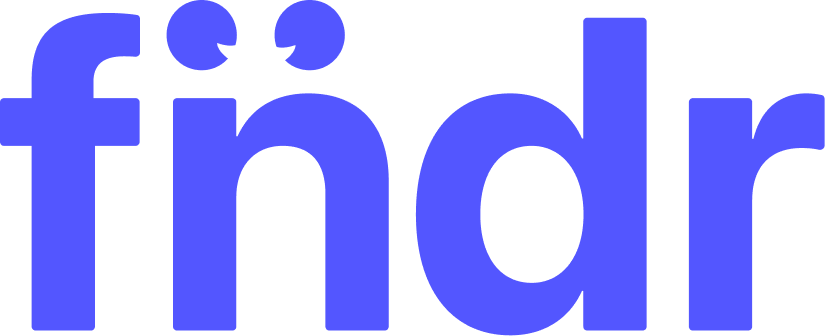Strategies to cope with job stagnationor
In today’s fiercely competitive job market, many professionals grapple with a lack of career progression, leading to stagnation that saps motivation and job satisfaction. Human resources experts emphasize the need to tackle this issue proactively to foster professional growth and development.
As the labor market continually evolves, staying in the same role can be detrimental to both employees and organizations. Workplace demotivation has emerged as a significant barrier to productivity and employee satisfaction. To combat this, forward-thinking companies are adopting various strategies to inspire talent and help employees achieve their career aspirations.
Navigating career stagnation in this dynamic environment requires a smart, strategic approach. Here, we delve into expert-backed strategies that:
- Address the current realities of the workplace
- Offer practical solutions for meaningful career advancement

Breaking Down Stagnation: Understanding the Barriers
To overcome stagnation, it is essential to unravel its foundations. From an organizational development perspective, let’s examine hierarchical structures, remove obstacles in promotion paths and relax constraints on role diversification. This multidimensional analysis will reveal points of friction and possible avenues for development.
Paradigm 4.0: Continuous Adaptation and Perpetual Learning
In a work environment marked by rapid evolution, the ability to continuously adapt and perpetual learning are crucial skills. Embracing the implementation of training and development programs that not only update technical skills, but also foster mental agility and adaptability to dynamic work environments is essential.
Role Diversification: Breaking Organizational Rigidity
Traditional organizational structures can limit job mobility and role diversification. Advocate for the creation of internal programs that facilitate employee rotation across departments and functions. This strategy will enrich the work experience and encourage interdepartmental integration.
Reverse Mentoring: Synergy Through Generational Exchange
In a generationally diverse work environment, reverse mentoring emerges as an insightful tactic. Encouraging knowledge sharing between younger and older employees revitalizes organizational culture, dismantling hierarchical barriers and fostering a more collaborative and innovative dynamic.
Talent analytics: Anticipating the future of the workforce
The adoption of talent analytics tools is a crucial step toward understanding and anticipating workforce needs. Using data to assess trends, identify skills gaps, and design customized retention strategies is essential to overcoming labor stagnation and forging a path to sustainable progress.
In short, addressing labor stagnation demands a comprehensive understanding of organizational dynamics. It is a challenge that companies must take seriously to preserve the well-being of their employees and optimize productivity. By recognizing the root causes and taking proactive measures, organizations can build a work environment that nurtures motivation and sustainable long-term performance. These strategies will not only break through current constraints but also position organizations as visionary leaders in today’s professional sphere.

